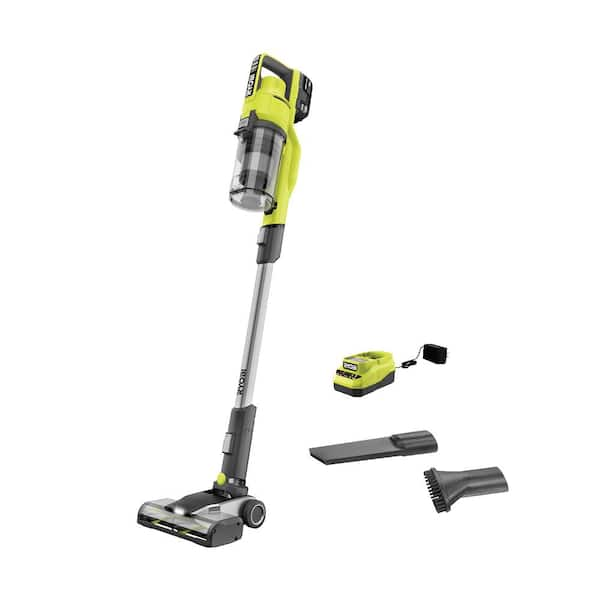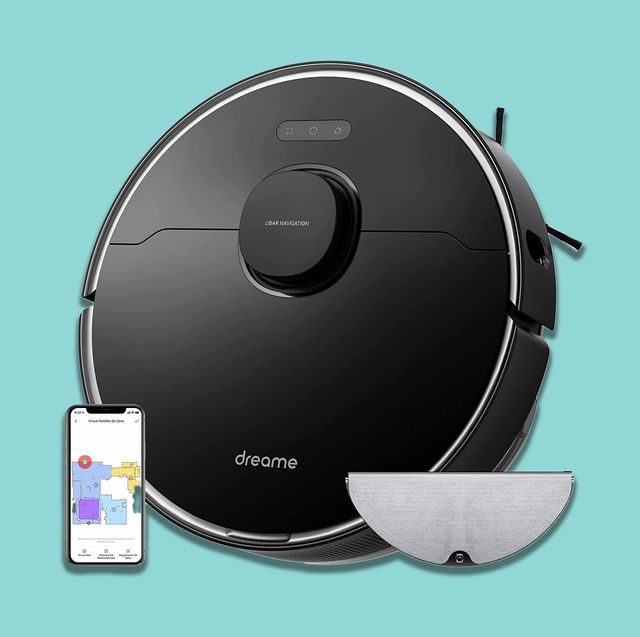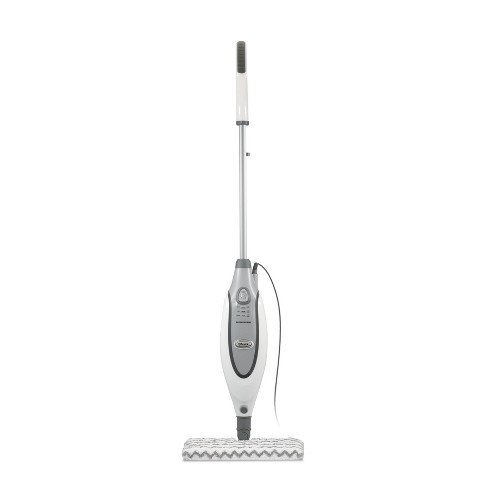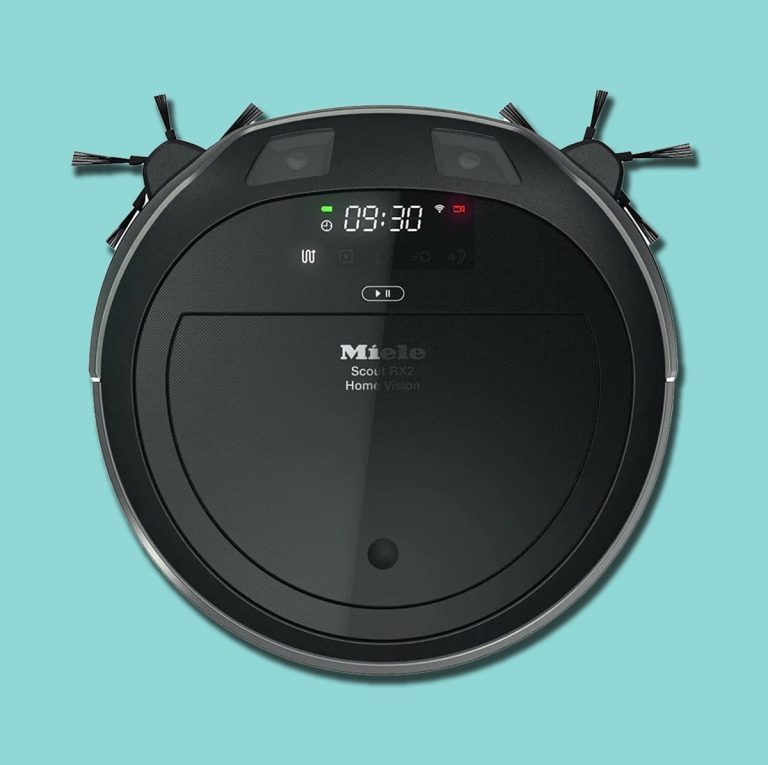What Can I Put in My Steam Mop?
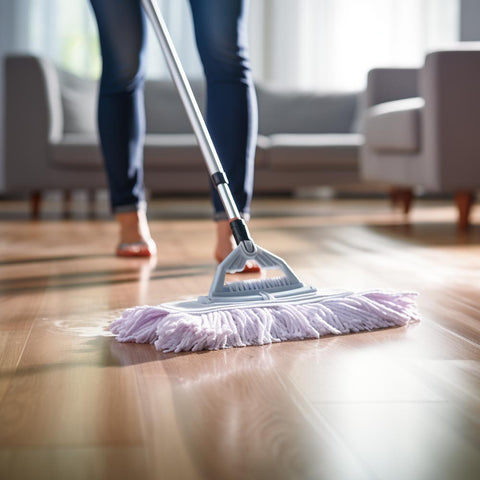
You can only put distilled water in your steam mop unless the manufacturer specifies otherwise. Adding other substances can damage the device.
Steam mops have revolutionized home cleaning, offering a chemical-free way to sanitize floors quickly. Designed to use heated water vapor, these mops eliminate dirt and grime effectively. The simplicity of their design and operation makes them an attractive choice for eco-conscious consumers aiming for a deep clean without the use of harsh chemicals.
While distilled water remains the safest bet to prevent mineral buildup and maintain your mop’s longevity, some manufacturers may allow the use of demineralized water or specially formulated additives. It’s essential to consult your steam mop’s manual before using additives, as doing so could void warranties or lead to operational issues. _strike_cleaning and maintenance become a breeze with the proper use of steam mops, keeping floors spotless and extending the life of the appliance.
:max_bytes(150000):strip_icc()/steam-floor-mop-basics-1909061_final-b4e26d8a421d4c1d96e387ce367e1634.png)
Credit: www.thespruce.com
Safe Liquids For Steam Mops
Knowing what to put in your steam mop keeps it working well and safe. Steam mops work best with certain liquids, and it’s key to choose the right one. This will make sure your mop lasts long and your floors stay shiny.
Distilled Water: The Best Choice
Distilled water is the top choice for steam mops. It is water with all minerals removed. These minerals can clog your mop and reduce its life. Here’s why distilled water comes out on top:
- No minerals mean no clogs inside your mop.
- It prevents build-up that can damage the device.
- Safer for different types of flooring materials.
Demineralized Water: A Possible Alternative
Demineralized water is another option, similar to distilled but made by different processes. Here’s what makes it a possible alternative:
| Quality | Advantage |
|---|---|
| No minerals | Less risk of clogs |
| Clean vapor | Gentle on floors |
| More accessible | Can be found in many stores |
Both options protect your investment in a steam mop and ensure your floors look great. Using the right liquid, your mop performs at its best and lasts longer. Always check your mop’s manual to make sure you’re following the brand’s guidelines.
:max_bytes(150000):strip_icc()/portable-steam-cleaner-uses-1908886-final2-68b400d932f6482d9bf5c72caa1b9e08.png)
Credit: www.thespruce.com
Avoid These In Your Steam Mop
When using a steam mop, certain items should never be added. Understanding what to keep out ensures your mop stays in top condition. Keep your cleaning effective and safe by avoiding the following:
Harsh Chemicals And Bleach
Never pour harsh chemicals into your steam mop’s water tank. These include, but are not limited to:
- Ammonia
- Laundry detergents
Such substances damage the internal parts and produce harmful vapors. Let the steam do its job naturally.
Vinegar And Acids: Myth Vs. Reality
Some believe vinegar is a steam mop safe-zone. Not true. Vinegar and other acids can:
- Corrode internal components
- Void warranties
Stick to clean water for a safe, effective clean.
Using Scented Additives
Using scented additives with your steam mop can transform your cleaning routine. A fresh, inviting scent enhances the ambiance of any space. Many steam mop users explore adding fragrances directly into their mops. It’s tempting to make floors smell as clean as they look! Let’s delve into the best ways to integrate scents without damaging your steam mop.
Essential Oils: Do’s And Don’ts
Essential oils are nature’s perfumes. Adding them to your steam mop can leave a pleasant aroma. But, there are right and wrong ways to use them.
- Do: Add a few drops to the mop pad. It prevents direct contact with the machine.
- Do: Choose high-quality oils. They are less likely to leave residue.
- Don’t: Pour oils into the water tank. It can cause clogs and void warranties.
- Don’t: Use too much. Overuse can harm pets or cause allergies.
Manufacturer-recommended Scents
Some manufacturers approve certain scents for their steam mops. Use only these to avoid damage.
| Brand | Recommended Scents |
|---|---|
| Bissell | Demeter Steam Mop Scents |
| Shark | Shark Hard Floor Cleanser |
Stick to the recommended products. They are made to work with your steam mop. This ensures the machine works well and your warranty stays intact.

Credit: www.wikihow.com
Understanding Steam Mop Warranties
Steam mops offer an eco-friendly way to clean floors with the power of steam. But before pouring anything into your steam mop, it’s crucial to understand your machine’s warranty.
Warranty Limitations And Fluid Use
What goes into your steam mop can affect its warranty. Manufacturers often specify the use of distilled water only. Here’s why:
- Avoiding mineral build-up: Regular tap water can cause build-up inside the mop, leading to damage.
- Ensuring longevity: Distilled water can prolong the life of your steam mop.
Using anything other than distilled water, like scented additives or cleaning solutions, might void your warranty. Always check the user manual for guidelines.
Reading The Fine Print Before Experimenting
Before trying any DIY cleaning solution in your steam mop, read the warranty details carefully. They will tell you:
| Allowed Fluids | Warranty Terms |
|---|---|
| Distilled Water | Covered |
| Tap Water | Potentially Not Covered |
| Cleaning Solutions | Not Covered |
Ignoring these terms can lead to a rejected warranty claim. Manufacturers design steam mops for steam alone, not additional chemicals. Keep your steam mop in good shape and your warranty intact by following the manufacturer’s advice.
Customizing The Steam Cleaning Experience
Stepping up your steam mop game means more than just mopping. It’s about tailoring the experience to match the cleaning task at hand. Whether tackling hardwood, tile, or laminate, the right settings and attachments make all the difference. Let’s explore how you can customize your steam cleaning to get the best results on various surfaces.
Adjustable Steam Levels For Different Floors
Not all floors are created equal, and your steam mop understands that. Here’s a quick guide:
- Delicate hardwood: Use a low steam setting to avoid damage.
- Sturdy tile: Crank up the steam for deep cleaning.
- Resilient laminate: Choose a medium setting for the perfect balance.
Accessorizing For Enhanced Cleaning
Attachments aren’t just fun add-ons; they’re cleaning game-changers! Here’s what you can consider:
| Attachment | Use Case |
|---|---|
| Scrubbing Brushes | Stubborn grime on grout lines |
| Mop Pads | General floor cleaning |
| Carpet Glider | Refreshing carpets and rugs |
Your steam mop can be a versatile tool—it’s all about the attachments!
Frequently Asked Questions Of What Can I Put In My Steam Mop?
Can Distilled Water Be Used In Steam Mops?
Using distilled water in your steam mop is advised to prevent mineral buildup. Regular tap water can leave residues or cause internal damage over time due to minerals like calcium, while distilled water ensures your mop remains efficient and long-lasting.
Are Homemade Steam Mop Solutions Safe?
Homemade steam mop solutions can be safe and cost-effective, but use with caution. A popular homemade solution is a mix of water with a small amount of vinegar. Before using any DIY solution, check your mop’s manual to avoid potential damage or warranty voidance.
Is It Safe To Add Essential Oils To Steam Mops?
While adding a few drops of essential oils can leave a pleasant aroma, it’s crucial to check your steam mop’s manufacturer guidelines first. Essential oils can sometimes cause damage to the internal components or degrade the plastic, so it’s best to use them sparingly if allowed.
What Should Never Be Put In Steam Mops?
Never put bleach, wax, or strong chemicals in your steam mop. These substances can corrode the internal parts, damage the machine, harm the surfaces being cleaned, and void your warranty. Stick to manufacturer-approved or gentle, natural cleaning solutions.
Conclusion
Choosing the right solution for your steam mop is crucial. Stick to manufacturer recommendations and consider distilled water to protect your machine. Homemade mixtures can be budget-friendly and effective but proceed with caution. For a clean and long-lasting steam mop, staying informed is your best bet.

